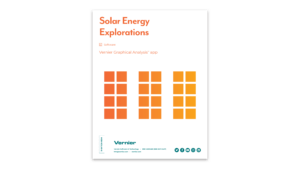Introduction
Automobile companies are continuously refining the technology for electric vehicles. From hybrids to full electric, there are increasing options for a vehicle that is less reliant on gasoline or diesel fuel. With advances in battery technology that enable more charge to be stored, the driving range of these vehicles is also lengthening.
Electric vehicles however, still need to be “fueled,” by plugging then in at night or while parked at work or school. A hybrid can generate electricity to recharge the batteries when it runs on its gasoline engine, and some will gain electric charge back from the braking of the car.
But what if a vehicle could be made to “fuel” itself? One that would use only renewable energy? No gasoline. No plugging in. But would “refuel” itself as it drove or sat in a parking lot. A solar car would fit this description. A solar-powered car would have produce no emissions and would run quietly on its electric motor, reducing noise pollution.
In this project, you will construct a solar-powered car. You will use solar panels to power one or two motors to move your car down a 2 meter track. You will measure the voltage, current, and power your power source provides, as well as the time it takes your car to travel 2 meters, and compare these values with those of your classmates.
Sensors and Equipment
This experiment features the following sensors and equipment. Additional equipment may be required.
Ready to Experiment?
Ask an Expert
Get answers to your questions about how to teach this experiment with our support team.
- Call toll-free: 888-837-6437
- Chat with Us
- Email support@vernier.com
Purchase the Lab Book
This experiment is #9 of Solar Energy Explorations. The experiment in the book includes student instructions as well as instructor information for set up, helpful hints, and sample graphs and data.




